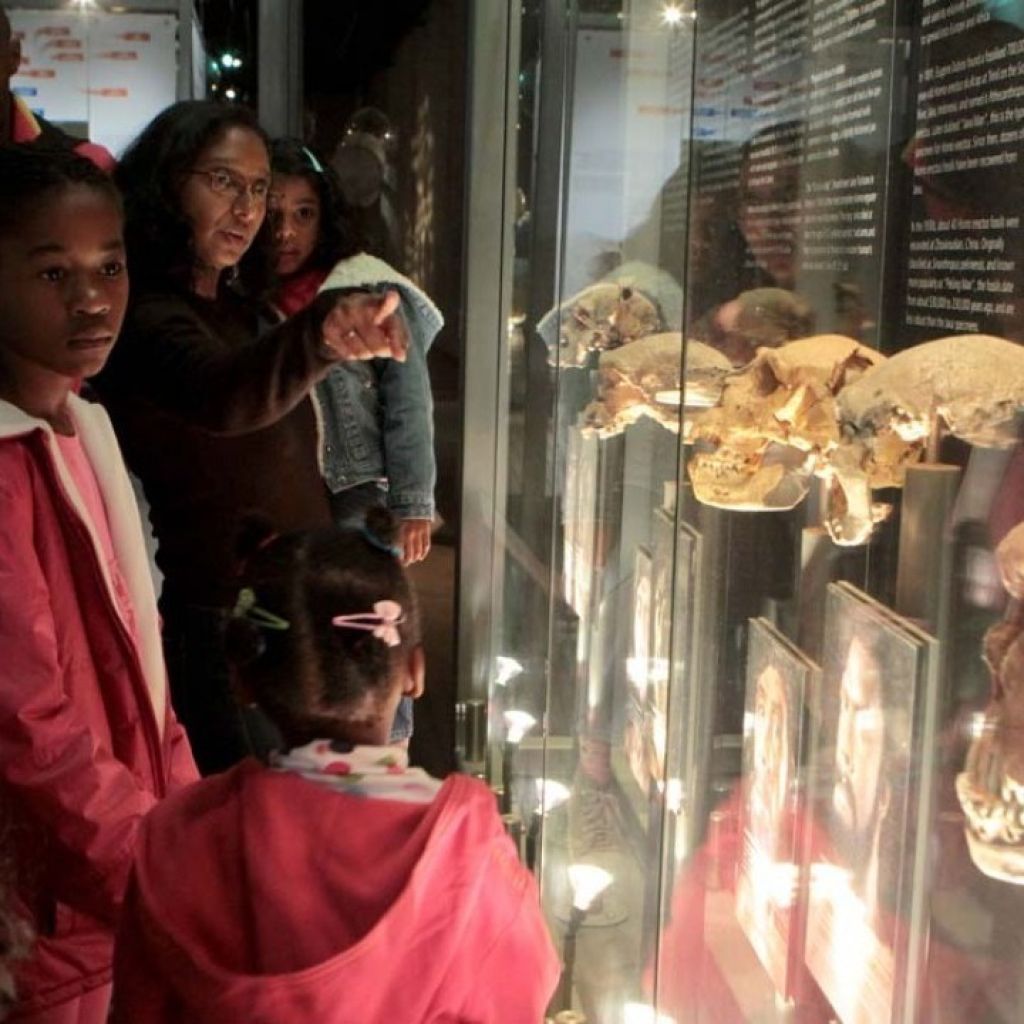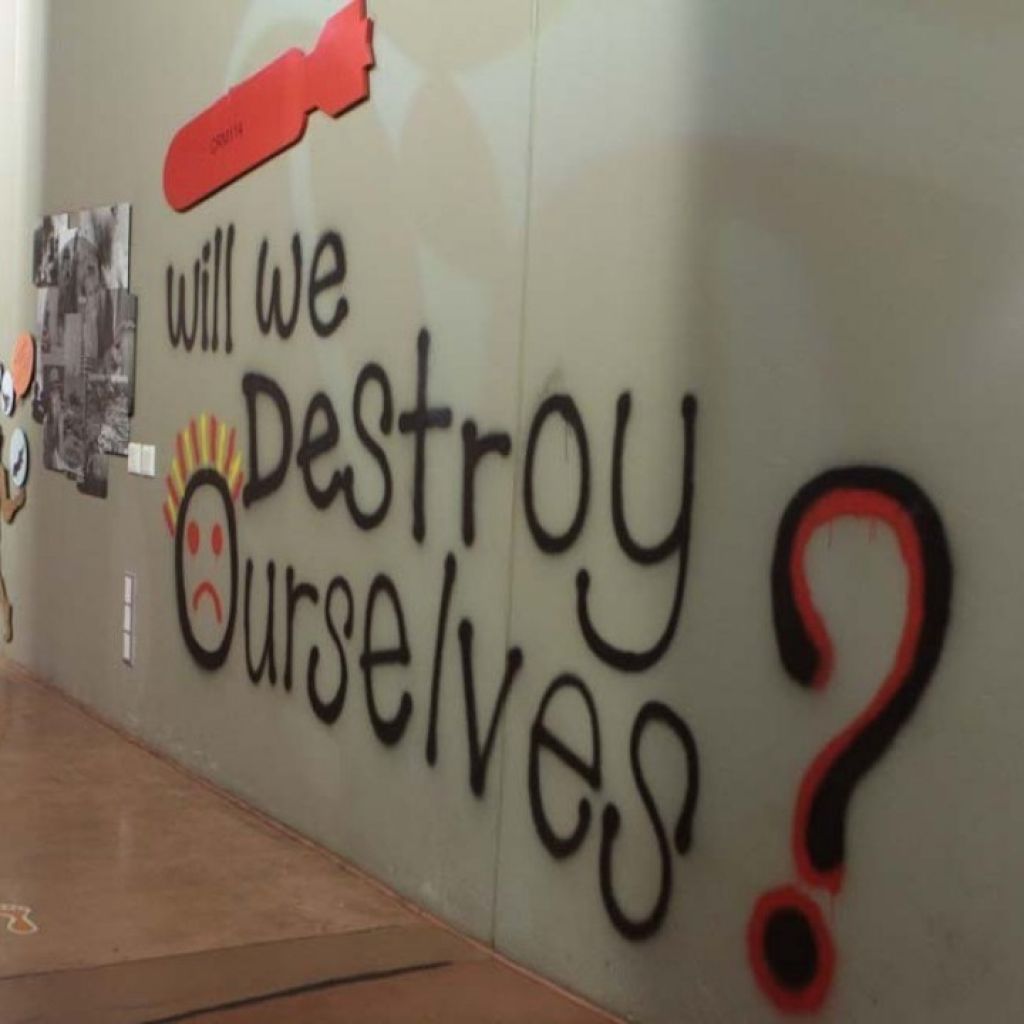Piecing together the past to better understand the future
It’s easy enough to pretend that ours is the only age that has ever been; that we are the only creatures of any importance to have walked the Earth; that this world will cease to be when we are no longer its custodians.

As reported in the New York Times, Professor Richard Leakey of Stony Brook University in the USA recently spoke at a fundraiser in Manhattan, New York, about the importance of heeding warnings from the past.
“The link between the past and the future, as seen in the present, is fundamental to stewardship of the climate,” explains Leakey. He said fossils and geological evidence are not only clues to a greater understanding of human ancestry, but tell us much about climate change – a contentious issue to say the least.
Leakey told his audience to be wary of the fact that geological records offer proof that there have been five mass extinctions - “five previous examples” - already. He said it is important to look at the bigger picture, with the realisation that we are the only species of hominid currently in existence – our ancestors have all died out. Furthermore, there is a lot of evidence to suggest that climate change was a huge factor in the story of our evolution.
Visit the exhibition at Maropeng and you’ll come across a section dedicated to the topic of extinction. The material delves into the fact that, during periods of extinction, huge numbers of species died out due to “wide-scale mass environmental changes”, and that many scientists believe that we are currently experiencing a sixth period of mass extinction - “with humans one of the key agents of change.” This may seem a frightening thought, but it is important to note that some of the mass extinctions that have already taken place happened over long periods of time, through gradual climate change.
According to Leakey, with all the fossilised clues we have uncovered, and the natural incidents we now know took place, simply accepting that these incidents of the past occurred, and remaining oblivious of the role we play (and the consequences to follow), misses the point of the revelations of fossil evidence.

As stated in the online Maropeng exhibition guide, “Scientists agree that human activity such as mining, agriculture, settlement, pollutions and global warming are causing a rapid deterioration in biodiversity”, and it is “up to us to reverse this trend.”
The Huffington Post has quoted Leakey as saying, “If you look back, the thing that strikes you, if you’ve got any sensitivity, is that extinction is the most common phenomenon.
“Extinction is always driven by environmental change. Environmental change is always driven by climate change. Man accelerated, if not created, planet change phenomena; I think we have to recognise that the future is by no means a very rosy one.”
Professor Leakey is founder of the Turkana Basin Institute in eastern Kenya. After speculating that sedimentary rock in the Turkana Lake area was home to ancient fossilised remains, Leakey went on to uncover hundreds of bone fragments – proof that humans had multiple ancestors.
But how can mere fragments tell us so much?
Professor Leakey asks that we picture a set of dishes – plates for different courses – being smashed into little pieces.
“You have knowledge of what they look like intact,” he explains. “Then you have the rim of a piece and, from the curvature, you know this is a main-course plate, but the curvature is not enough to tell me if it had fish on it or if it was used for serving meat. Then you find another piece, and, aha, this connects with that, and it was a fish plate, as opposed to a meat plate. That’s what you do with bones.”
What will our grandchildren’s children and generations to come derive from our remains? What lessons will they have learned, that we never took the time to? Next time you’re looking at a fossil through a sheet of glass, think of the stories it holds. Perhaps these glimpses of the past were left behind to remind us that we do not own this world – we are merely tending to it and looking after its fragile environment before the next generation takes over.
Visit the Maropeng exhibition to learn more about these topics and the discoveries made on our doorstep, in the Cradle of Humankind, and visit the exhibition guide online.